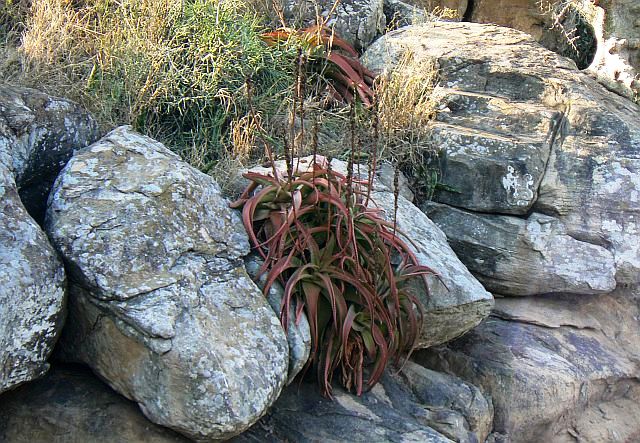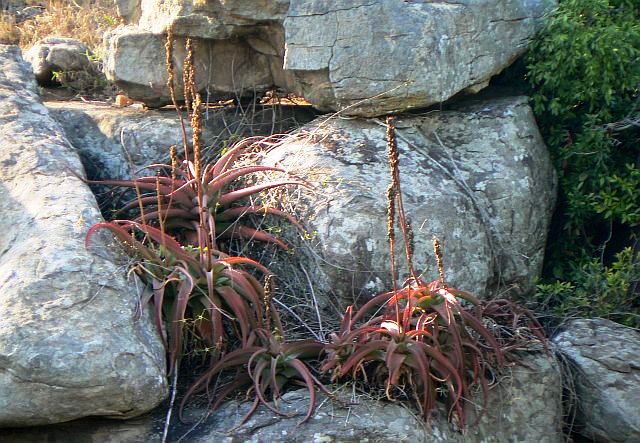Order: Asparagales. Family: Iridaceae
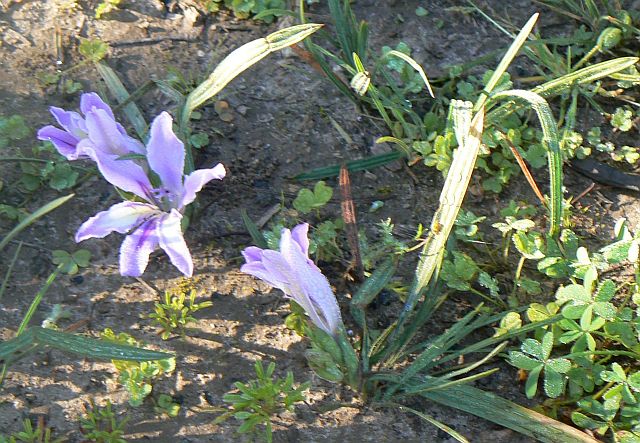
Bontebok National Park
Description
Babiana ambigua is winter growing, flowers in August and September. Plants 5-8 cm high. It is a cormous perennial with hairy leaves and flower stems. The corms have densely netted tunics and part of the stem is underground. The corms are eaten by baboons. Leaves linear-lanceolate, pleated and hairy. Flowers blue to mauve with white to cream markingsvon two of the petals. Fragrant. Bracts, usually entirely green, inner bracts divided to the base.
Distribution
It is endemic to South Africa in Northern Cape, Western Cape, mainly the south-western Cape. Gifberg southwards to the Cape Peninsula, and eastwards along the coast to Riversdale.
Habitat
Fynbos. Variable habitat, including deep coastal sands in strandveld, rocky sandstone mountain slopes (alt. 20 m - 460 m) and flats in fynbos and renosterveld on granite.



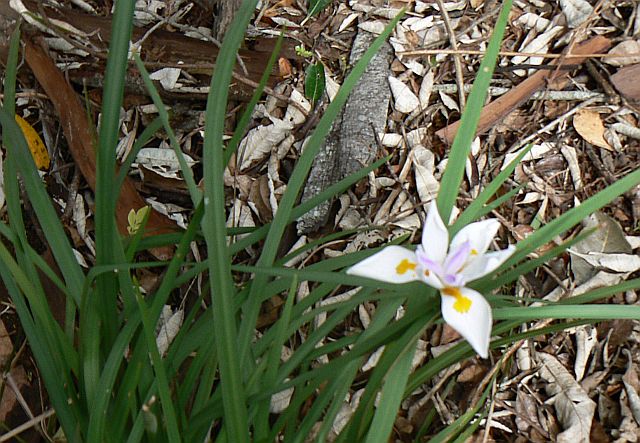
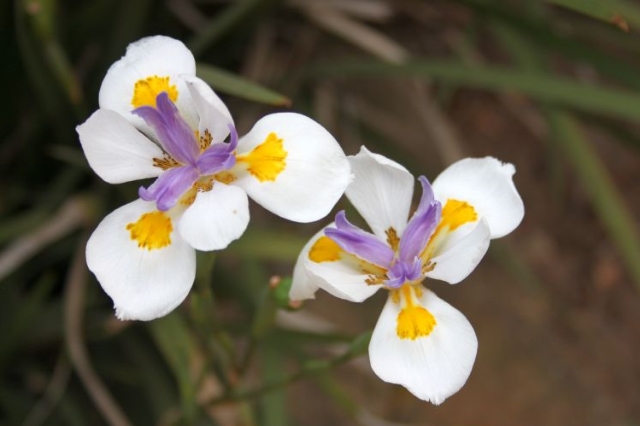 © Tataruka
© Tataruka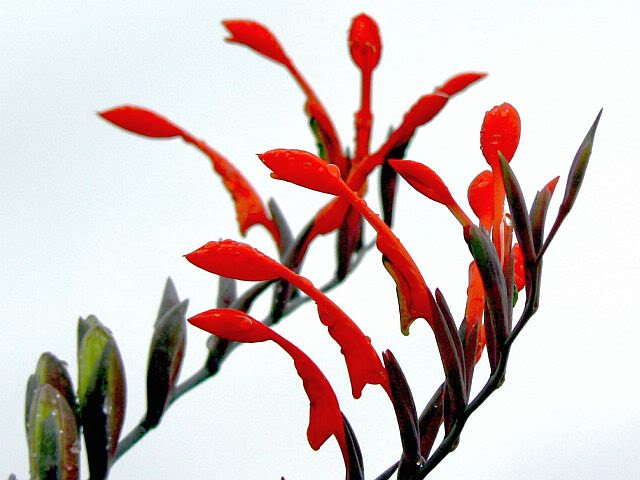
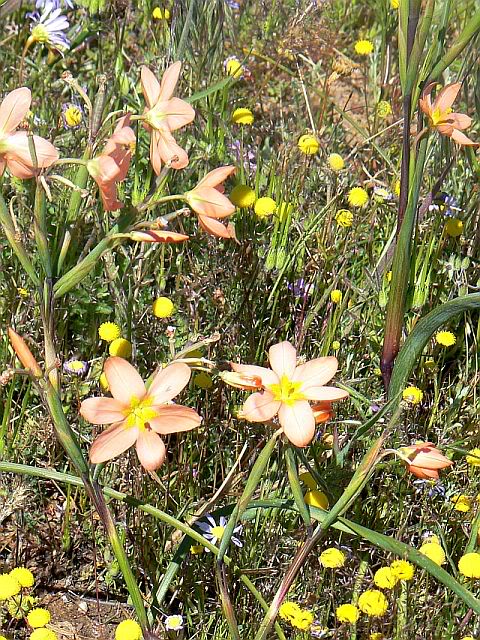
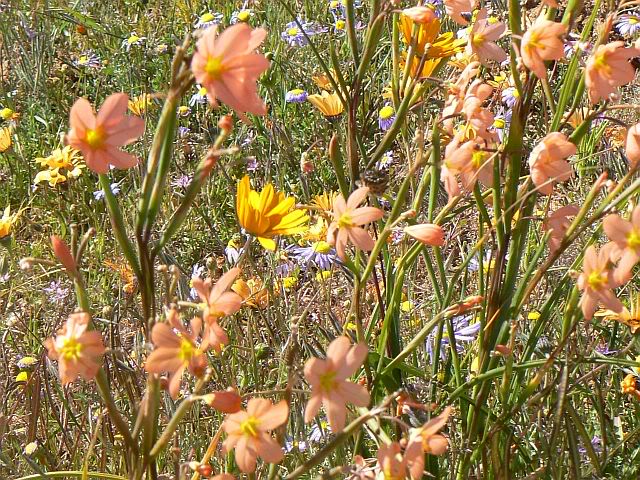
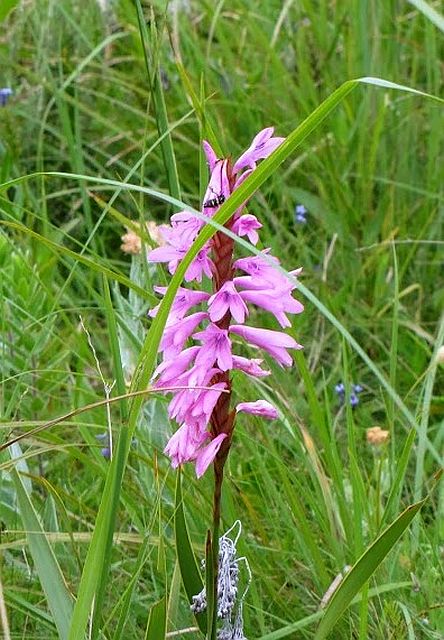 © Lisbeth
© Lisbeth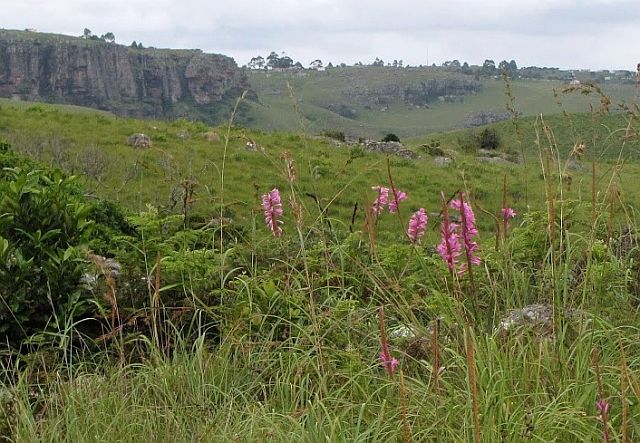 © Lisbeth
© Lisbeth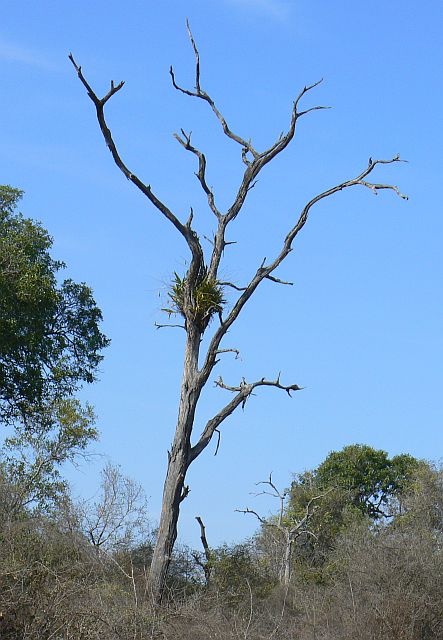
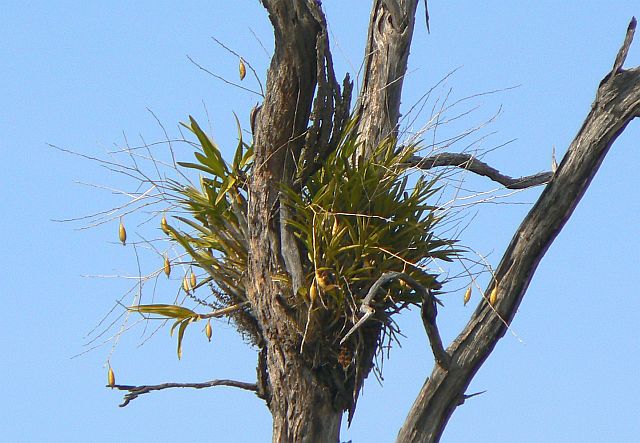
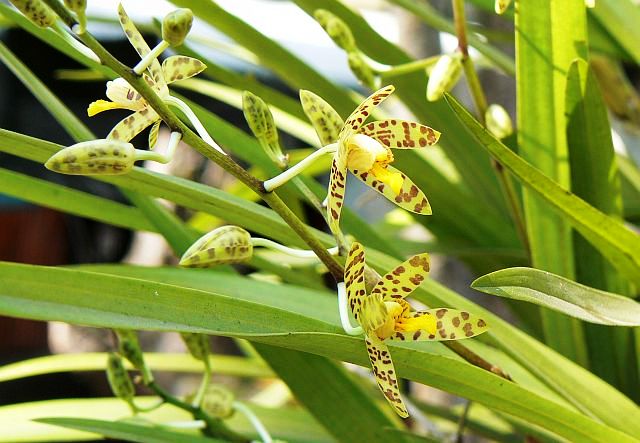
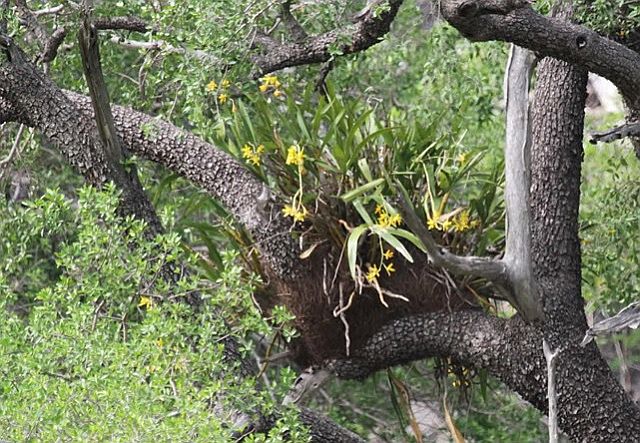 © leachy
© leachy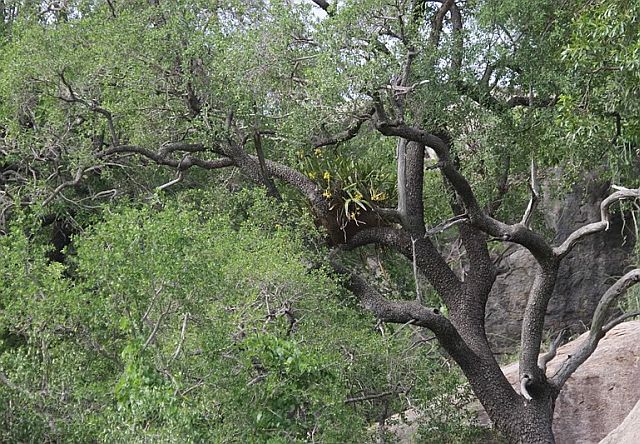 © leachy
© leachy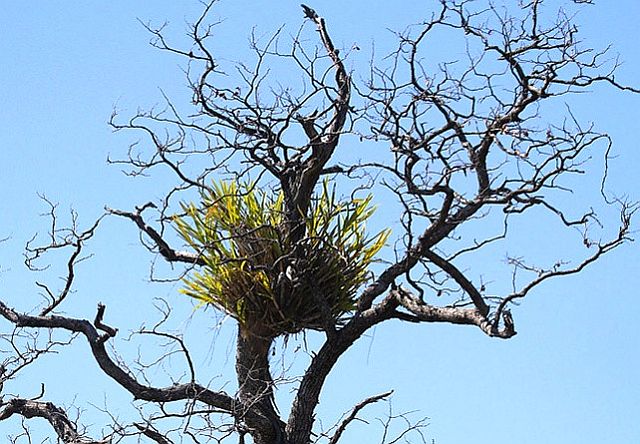 © leachy
© leachy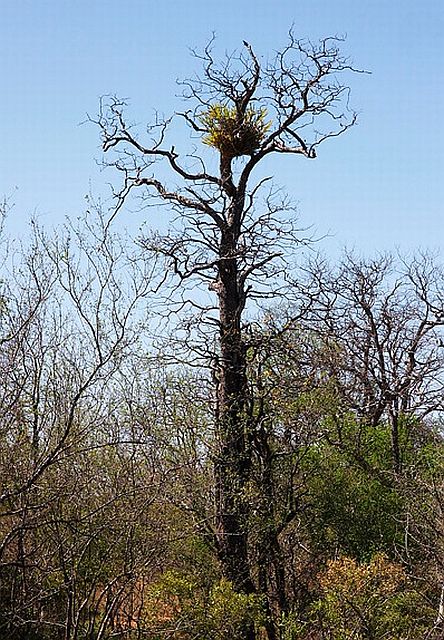 © leachy
© leachy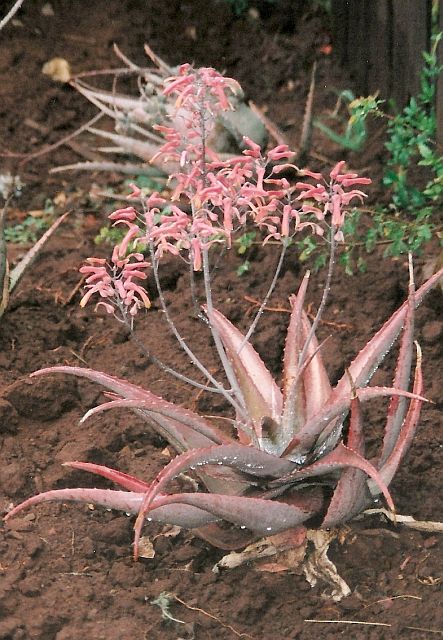 © Dzombo
© Dzombo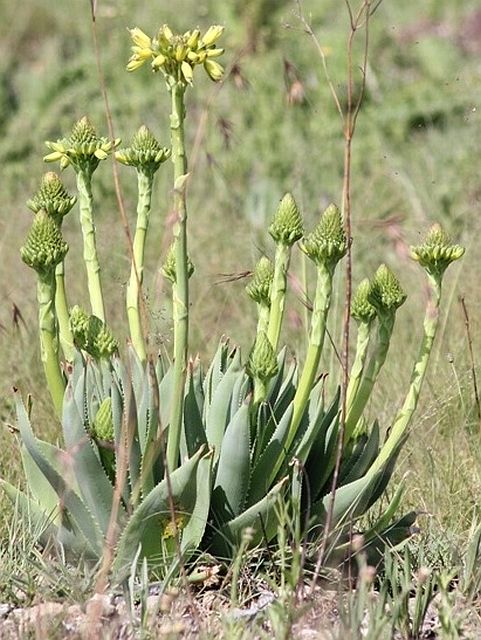 © Amoli
© Amoli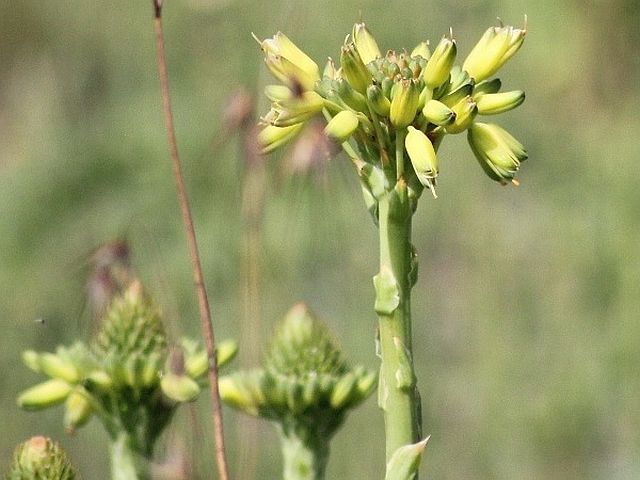 © Amoli
© Amoli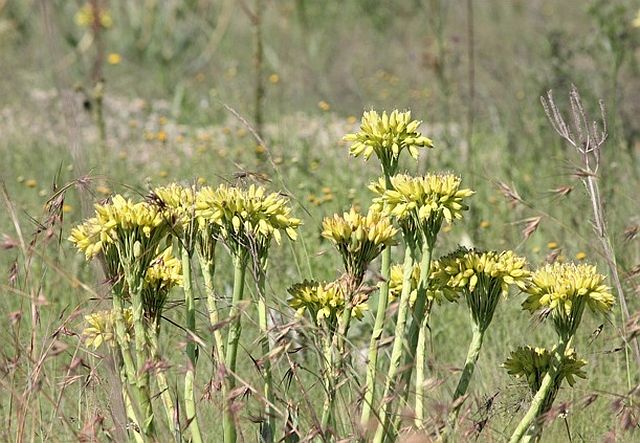 © Amoli
© Amoli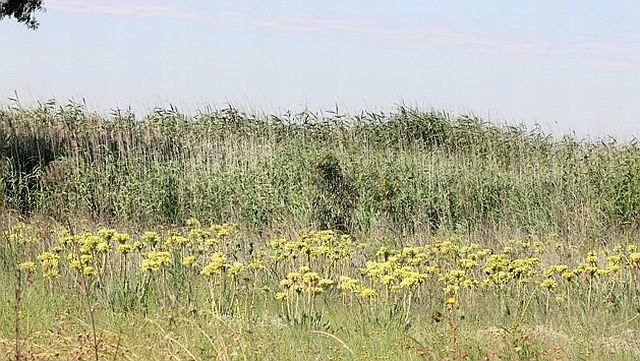 © Amoli
© Amoli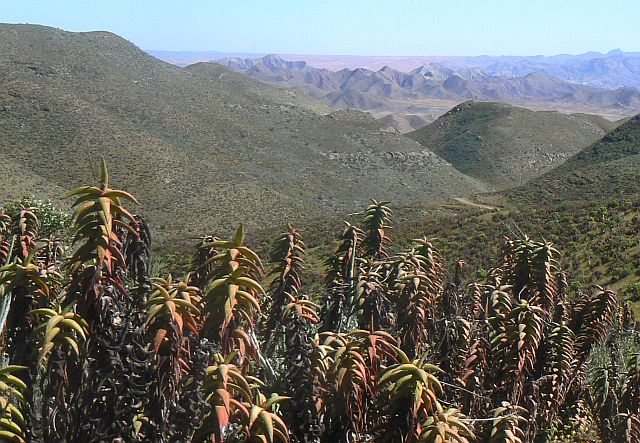
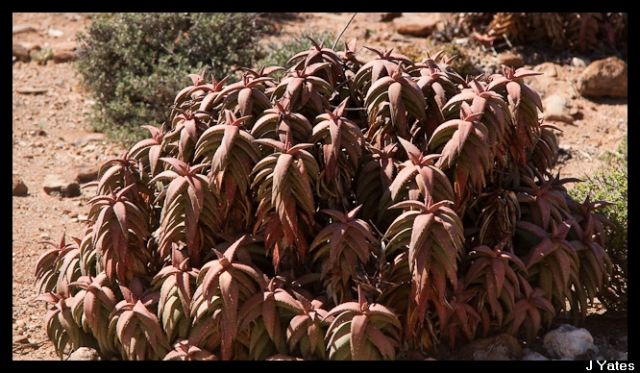 © Kesheshe
© Kesheshe